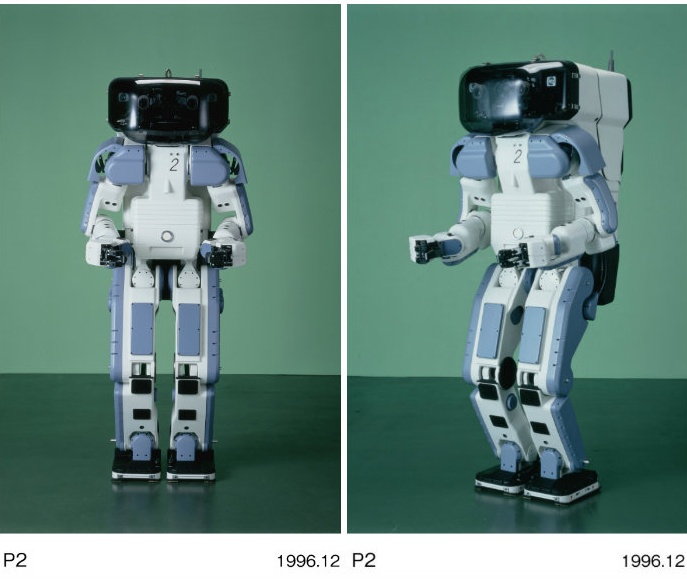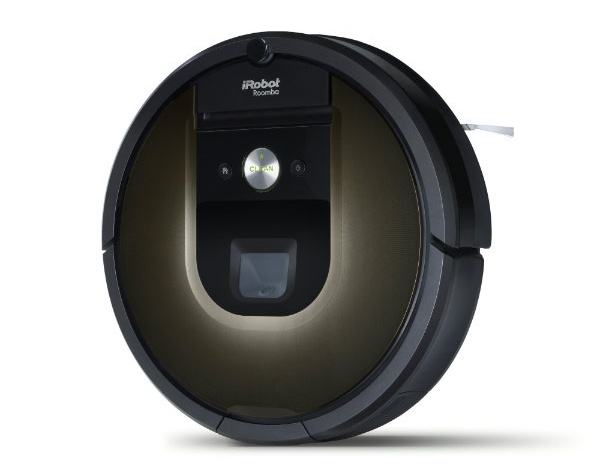Japan's Robots: Past, Present & Future
Highlighting Japan spoke to Dr. Kazuhito Yokoi, the director of the Intelligent Systems Research Institute—part of the National Institute of Advanced Industrial Science and Technology (AIST), in Tsukuba, Japan—about the path robotics has traversed in Japan and prospects for the future.
By Highlighting Japan
http://www.gov-online.go.jp/eng/publicity/book/hlj/html/201602/201602_01_en.html
Please tell us about the path the robotics marketplace has taken so far in Japan, and the current environment.
In Japan, starting from the establishment of the Japan Robot Association in 1972, a number of corporate researchers explored practical applications for robots during the '70s. And since 1980, which is regarded as year one of the robot era, industrial robots have proliferated in everyday society here.
The robotics industry went into decline when the economy took a downturn, but it is once again flourishing. The Honda Motor Company caused a stir in 1996 when it devised the bipedal humanoid robot P2. In recent years robots that are useful in our everyday lives have been proliferating—Softbank’s communication robot Pepper is a hugely popular example—and anticipation about the development of robots in the field of livelihood support is growing.

http://www.gov-online.go.jp/eng/publicity/book/hlj/html/201602/201602_01_en.html
Please talk about the industries that are working to incorporate robot technology and related trends.
As we can see from the advances made in existing robot technologies—such as the cleaning robot Roomba and medical robot da Vinci—we’re likely to see robots employed in a wide variety of familiar service fields, like the fully automatic driverless Google car and freight distribution drones such as Amazon’s Prime Air. In addition, communication robots that can draw emotionally close to people—like PARO, Pepper and JIBO—are anticipated to develop more therapeutic features, which are in huge demand in today’s society.
In Japan, where industrial robots are advancing at a rapid pace, cooperation between humans and robots has deepened. The incorporation of industrial robots will make huge inroads in the food, cosmetics and pharmaceutical industries. We can expect the arrival of robots equipped with artificial intelligence that can make decisions autonomously. With frameworks being established for certifying human safety, wearable robot technology that increases contact between humans and robots—such as wearable robotic suits for caregiving support or autonomously running wheelchairs—is receiving wider support.
How far has the development of next-generation robots progressed?
After the disaster at the Fukushima Daiichi nuclear power plant in 2011, research into robots for fieldwork has progressed. AIST and Honda have joined hands to apply ASIMO’s technology toward the development of the High-Access Survey Robot, which has already been sent into Fukushima Daiichi. At AIST, a project with the New Energy and Industrial Technology Development Organization (NEDO) is working to develop disaster response humanoid robots that can function autonomously in unknown environments outside of prelearned movement patterns, and field robots that can provide infrastructure maintenance and update work through preventive measures and inspection duties. However, the practical applications for disaster response humanoid robots no doubt lie a bit farther into the future.




